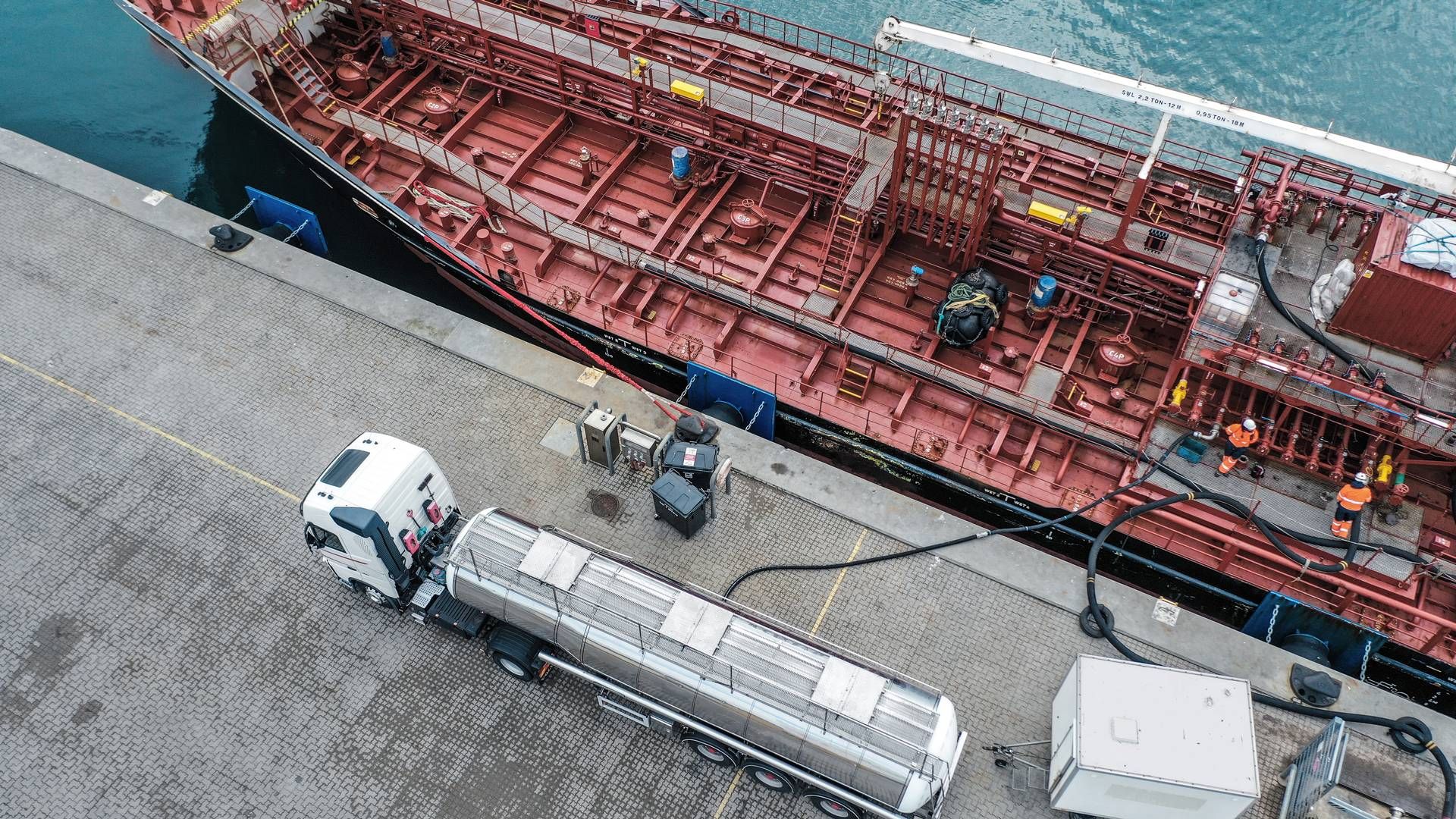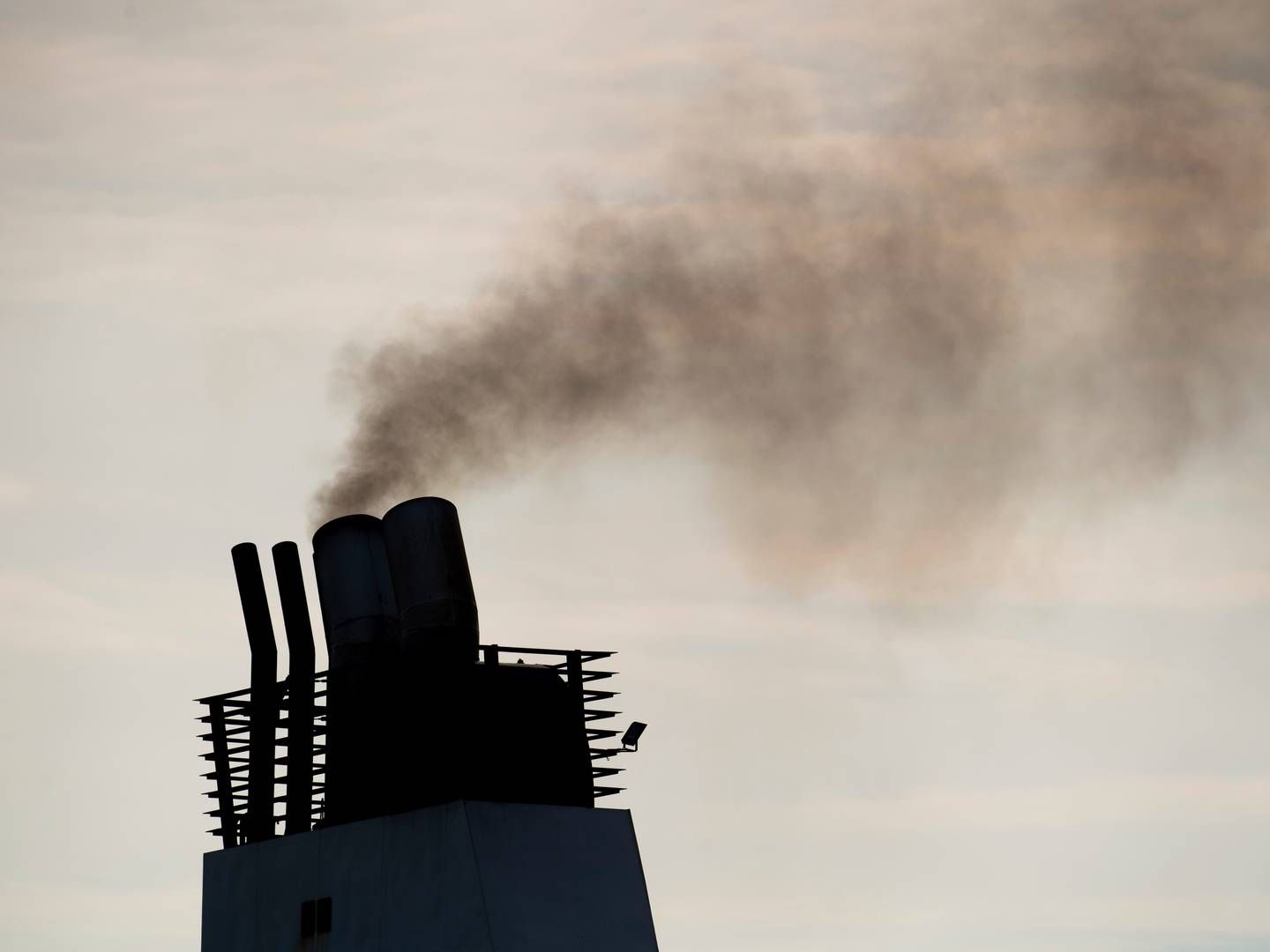New climate rules certain to trigger scramble for biofuel

It is technologically uncomplicated to add biofuels to most ship tanks in order to adhere to the EU’s coming regulation on reducing carbon intensity in shipping.
The question is whether there will be sufficient quantities of biofuel available in 2025.
The initiative from the EU is called FuelEU Maritime. It will demand all carriers sailing to and from the EU to reduce their carbon intensity by 2 percent in 2025, increasing in percentage towards 2050.
And carriers can only meet this demand by altering their fuel compositions, because slow steaming and wind sail installations do not count.
Even though it is theoretically easy to add biofuels to the mix, it remains uncertain whether it will be easily implemented in practice on account of the many challenges tied to biofuels, with the most pressing one having to do with availability.
Limited volumes
Firstly, one must differentiate between the multiple biofuel types in question. Fundamentally, there are two categories.
First-generation biofuels, such as biodiesel and ethanol, are made of biomass stemming from e.g. grains and soy beans.
Second and third-generation biofuels, often called ”advanced biofuels,” are made from waste-based biomass.
There are also studies that investigate whether it is possible to make biomass based on algae, giving the prospective fuel status as a third-generation biofuel.
One of these categories greatly exceeds the other in availability.
First-generation biofuels are already used in shipping, though usage is still rather slim, according to Tim Scarbrough, associate director at consultancy Ricardo Group’s Energy & Environment.
”Production of biofuels requires not just supply of suitable feedstocks, but the processing and production plants which take time to plan and build, and so near term supply is dictated by currently operational plants and planned/under construction projects,” Scarbrough tells ShippingWatch.
Analytics company Siglar Carbon points out that shipping will have to fight other industries for the available biofuel – and these industries are using the fuel.
”There is an existing demand for biofuels in sectors such as land-based transportation, aviation, and electricity production. And such demand is expected to increase. Shipping will thus come as an addition to the demand already in place,” says Bernhard Feet, senior analyst at Siglar Carbon.
As such, he posits that there is much uncertainty regarding access to biofuels.
”Prognoses for future production vary greatly and are shaky. The greatest uncertainties are probably the requirements of sustainability and whether you can use first-generation biofuels or if you must resort to second-generation biofuels, which is waste-based, which could limit supply even further,” he adds.
DNV and Ricardo Group have conducted a study on alternative fuels for the International Maritime Organization. In their report, Ricardo and DNV point out that production of biofuels won’t be fully developed until 2030.
The chicken or the egg
When it comes to advanced biofuels – which is the preferred type in holistic assessment, including climate effects – you are faced with a classic problem, Norway’s classification company DNV explains.
It is the question of the chicken or the egg.
”Today, demand is limited, but so is supply. If the demand was guaranteed, manufacturers would be afforded a security that would increase production and consumption,” says Sverre Alvik, director of DNV’s Energy Transition Outlook.
”Both availability and demand are currently limited. Thus, there is a lack of demand as well as a lack of supply production,” he adds.
The study by Ricardo and DNV estimates that, in 2030, the announced and confirmed projects for advanced biofuels accessible for the shipping industry will amount to between 0.1 and 0.4EJ (exajoule).
”0.1-0.4EJ is less than 1-4 percent of total energy needs, so it is not a lot. But it would be a good start to the energy transition if they reach 5 percent sustainable fuels by 2030,” posits Tore Longva, principal consultant at DNV and co-author of the study.
The fight for availability
In the DNV report ”Transport in Transition,” it is estimated that it will lead to increased competition for the waste-based biomass and not the food produce-based biomasses, since it is second-generation biofuels that are to bring down carbon intensity in both shipping and aviation.
”Sustainable biomass supply needs to be seen in light of demand from other hard-to-abate transport segments such as aviation, which has few decarbonization options. Consequently, competition for feedstock increases if there is low availability of sustainable biomass,” DNV writes in the report.
The industry itself also points to availability as one of the primary challenges to biofuels if they are to become widespread shipping fuels.
”We can see that biofuels and biofuel mixtures are relatively readily available at major bunker ports. But it is important to be mindful of what type of biofuel you bunk. The availability of truly sustainable biofuels is still very slim, but this also depends of IMO’s and EU’s definitions, criteria for certification, and carbon factors,” Erik Hjortland, VP of technology at chemical tanker Odfjell’s ship management department, tells ShippingWatch.
English edit: Christian Radich Hoffman


















